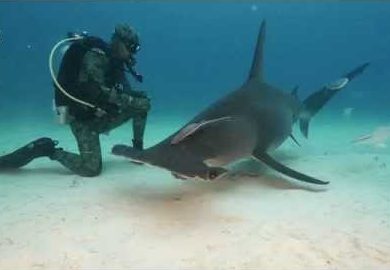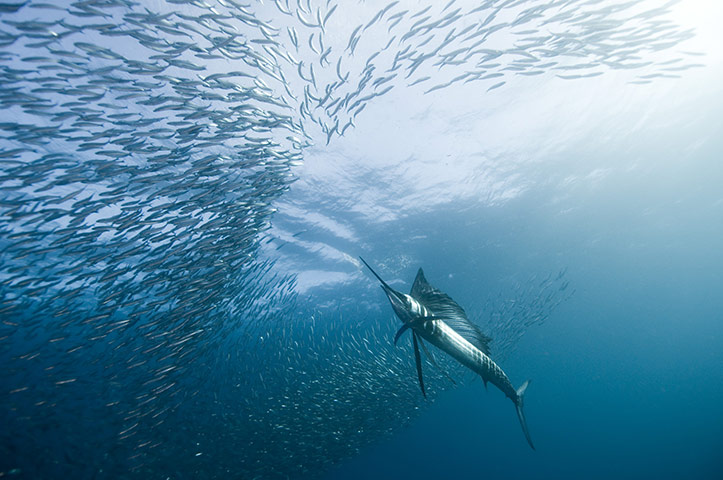Video: Cinematographer captures The Great Barrier Reef’s annual coral spawning event
Underwater cinematographer Stuart Ireland has filed the rare and mesmerising coral spawning in The Great Barrier Reef. Take a look at this enchanting spectacle
The world’s biggest living organism, the Great Barrier Reef, has held its annual coral spawning event, with trillions of eggs and sperm simultaneously releasing into the ocean making the underwater world more akin to an upside-down snow storm.
Underwater cinematographer and owner of Calypso Reef Imagery in Cairns, Stuart Ireland, has filmed this rare reef phenomenon 21 times. This year’s footage was captured at Moore Reef over two nights with Stuart in the water for six hours during perfect mating conditions.
“I’ve filmed coral spawning on the Great Barrier Reef since the mid-90s but every year the experience differs,” said Stuart.
“It can be very hit and miss, all conditions have to align while you’re in the water. Most divers I know have never seen it, so I feel very privileged to have filmed coral spawning for so many years.
“Filming the event is like being in an upside-down snow globe, it feels very alien, like being on a different planet, it’s simply a must-do for divers.
“Coral spawning takes us back to the rudimentary birth of the Great Barrier Reef, this is how the reef was originally created, it’s the most important event on the organisms’ calendar which for me, just makes being there even more special.”
Continues below…
Video: Newly launched drysuit using HECS technology allows wearers to get closer to marine life
The world's first drysuit based on the Faraday cage technology allows divers to get up close and personal to animals.…
Quiz: can you identify these 14 “baby” sea creatures?
Fancy yourself a marine expert? Take our quiz to find out how much you really know about the animals lurking…
The event lasts several nights and this year it is widely expected to be a split-spawn, with another event tipped for early December.
Marine biologist and owner of Reef T each in Cairns, Gareth Phillips, said the spawning is key to the genetic strength and resilience of the Great Barrier Reef’s building blocks – the coral.
“Sexual reproduction is important for all animals, it’s a taxing time even for tiny coral polyps, but this year’s spawning may be the most important in the recent history of the Great Barrier Reef.
“Coral spawning increases distribution of the corals to different areas and increases genetic resilience. This initial spawn saw high numbers of gametes released which is very positive.”
Coral spawning was only discovered 35 years ago, and much is still unknown when it comes to this natural phenomenon, including why it happens when it does.
The mass spawning occurs after a full moon and only after rising water temperatures have stimulated the maturation of the gametes within the adult coral. The day length, tide height and salinity levels also appear to be factors in deciding when the event will happen.
Coral facts:
- About 600 different types of coral can be found in the Great Barrier Reef Marine Park, and all of them come in a variety of shapes, sizes and colours.
- Despite looking like plants, corals are colonies of very small animals called coral polyps which are closely related to jellyfish and come in two common types, hard and soft.
- Hard corals act as building blocks for the Reef that form when colonies of coral polyps produce limestone skeletons to support themselves. In most cases, a hard coral consists of hundreds, thousands or even millions of individual coral polyps living together as a colony.
Soft corals are flexible because they lack a solid skeleton which means they are often mistaken for plants. Instead they are supported by tiny limestone spike-like structures called spicules.
The Great Barrier Reef is the world’s biggest coral reef system and the largest living thing on Earth, stretching 2,300 kilometres from the tip of the Cape Y ork Peninsula to Bundaberg. It is Queensland’s most valuable tourism asset with around two million visitors experiencing the reef each year.











